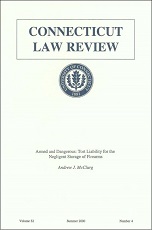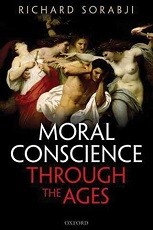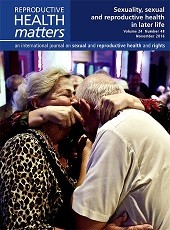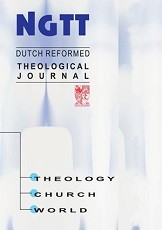Priscilla J Smith

Abstract
This Article examines the use by anti-contraception advocates of the claims that “contraception harms women” and “contraception is abortion,” claims made most prominently in litigation challenging Obamacare’s contraceptive coverage requirement. See Burwell v. Hobby Lobby, 134 S. Ct. 2751 (2014). The Article uncovers the nineteenth-century roots of these arguments and the strategic reasoning behind their current revival, to reveal that these claims are part of a broad attack on contraception grounded in opposition to non-procreative sex. In Part II, the Article reviews nineteenth-century reasoning about contraceptives, and then in Part III, discusses the modern revival of this Comstock era mode of reasoning about contraception which connected immorality and illness. Today, however, considerable social acceptance of sex for pleasure (at least for some people in some circumstances) means that straightforward arguments against contraception based on its immorality do not resonate as successfully as they once did. Social conservatives have publicly acknowledged as much, expressing an anxiety about the position of religion as “belief” rather than “truth,” and about a rise in what they call “sexualityism.” As a result, modern opponents of contraception have intentionally attempted to mask outmoded and unpopular moral opposition to non-procreative sex by using scientific discourse, citing the best science “we can currently lay our hands on,” for support. The problem for anti-contraception advocates, as revealed in Parts IV and V, is that the appeal to science is a purely rhetorical move, and their claims are contradicted by the latest scientific evidence. The Article establishes the safety and benefits of hormonal contraceptives to women’s and children’s health. The Article also shows that the claim that five hormonal contraceptives are abortifacients is false. Four out of five do not interfere with implantation of a fertilized egg and so cannot be said to terminate a “pregnancy,” even as redefined by opponents as occurring upon fertilization. Opposition to these hormonal contraceptives is thus not truly based on the view that destruction of a fertilized egg is immoral and should be considered an abortion. Rather, the opposition goes much deeper, stemming from a general objection to all forms of contraception and the ability of women to have sex without accepting the possibility of pregnancy and motherhood. The Article concludes in Part VI with evidence of the benefits of increased access to the most effective forms of contraception. Anti-contraception advocates are deploying woman-protective health arguments to limit access to contraception using a strategy similar to that adopted to oppose abortion. Anti-contraception advocates have melded these arguments to contemporary anxieties about heterosexual women’s ability to survive on equal footing with men in today’s sexual and marital “marketplace” in order to stymie efforts to expand contraceptive access and to further restrict access where possible.
Smith PJ. Contraceptive Comstockery: Reasoning from Immorality to Illness in the Twenty-First Century. Conn Law Rev. 2015 May;47(4).







